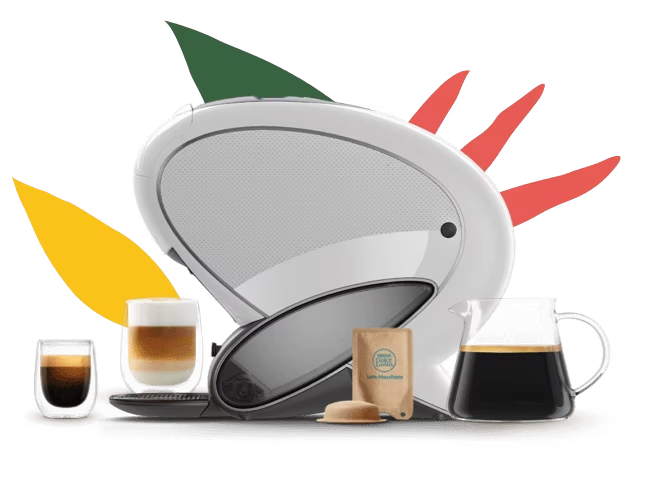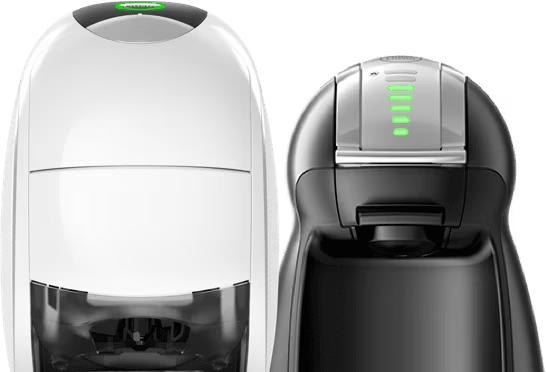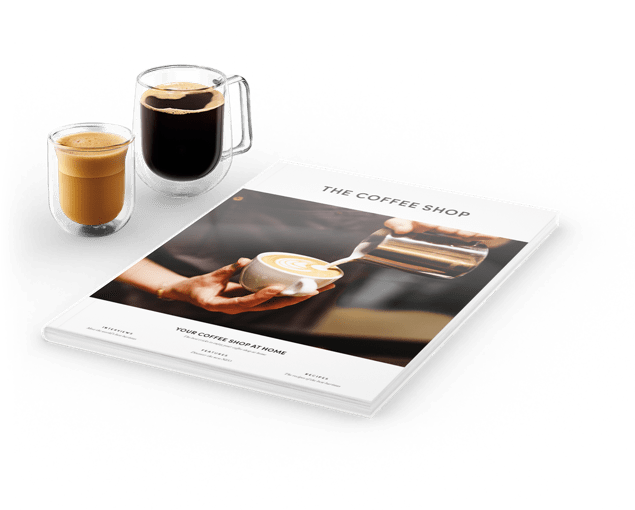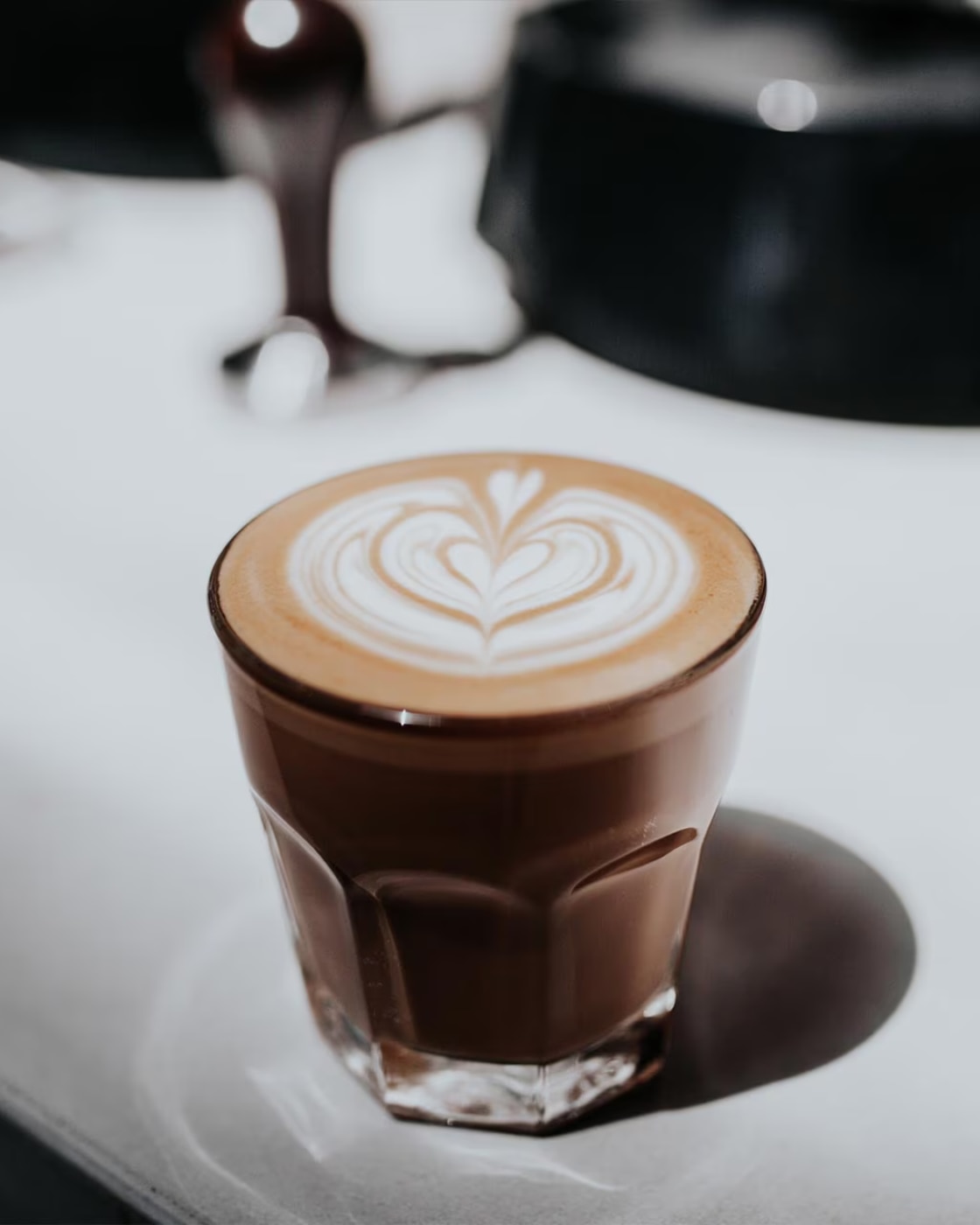10 Coffee Fun Facts That Will Surprise You
Here are ten amazing facts that highlight coffee's incredible journey from a simple cherry on a plant to the most popular drink in the world.
1. Coffee Was Discovered by Dancing Goats
According to the coffee discovery legend, coffee originated in Ethiopia in the ninth century. A goatherd named Kaldi noticed that his goats became extremely energetic after consuming the red berries from a particular tree – so much so that they started to "dance". Kaldi experienced a similar effect after trying the berries himself.
After telling a nearby monastery about his discoveries, they made a drink out of the berries and discovered that it helped them sustain their energy throughout the long evening prayers. The rest is history, as word of these remarkable berries spread.
2. Coffee Beans Aren’t Actually Beans
One of the most common misconceptions is that coffee beans are legumes. In reality, what we roast and grind as "beans" are actually the pits, or seeds, of a fruit called a coffee cherry. These vivid red berries grow on trees, and their seeds are harvested, processed, and dried before roasting. So, coffee is not a legume; it's a fruit seed.
3. The World’s Most Expensive Coffee Comes from Animal Droppings
Meet Kopi Luwak, the priciest and most exclusive coffee in the world. This unusual Indonesian drink is made from coffee cherries that have been consumed and partially digested by a small, cat-like mammal native to South and Southeast Asia. The beans are extracted from the civet's droppings after being fermented by its digestive enzymes. A single cup of coffee can cost anywhere from £35 to £100, and this process is said to give the coffee a very smooth and distinctive flavour.
4. Instant Coffee Has Been Around Since 1890
Instant coffee isn't a new idea, even though it became really popular in the 20th century. Back in 1890, David Strang from Invercargill, New Zealand, got the first patent for "soluble coffee." He dried coffee extract using hot air. Later on, the process was improved, and instant coffee was produced in large amounts. It became a handy item for homes and a must-have for soldiers during World War I.
5. The World’s Largest Cup of Coffee was over 20,000 Litres
According to Guinness World Records, the largest coffee ever made was an incredible 22,739.14 litres. To fill a giant coffee cup replica, dozens of coffee growers worked together to create this enormous brew in Colombia in June 2019.
6. Decaf Doesn’t Mean No Caffeine
You might be surprised to learn that decaf coffee isn't completely caffeine-free, even if you're drinking it to avoid caffeine entirely. The decaffeination process removes about 97% of the caffeine content, but a small amount remains.
To explain
how decaf coffee is made, it typically involves soaking coffee beans in solvents or using carbon dioxide to extract the caffeine. Usually, a cup of decaf coffee contains 2–5 mg of caffeine, while a regular cup has 95–100 mg.
7. The USA Consumes the Most Amount of Coffee
The United States drinks more coffee than any other country when you look at the total amount. People in America drink about 400 million cups every day, which makes them the biggest coffee drinkers overall. In comparison, the UK drinks around 98 million cups of coffee each day, which is significantly less than the US.
8. Light Roasts Have More Caffeine Than Dark Roasts
It's a common misconception that a dark roast's strong, deep flavour means it contains more caffeine. Actually, the opposite is true. Caffeine is burned off during roasting, so the longer a bean is roasted, the less caffeine it contains. If you want more caffeine in your coffee, a light roast is your best option.
If you want to find the roast that’s right for you, you can read more in our
guide on coffee roast levels.
9. The First Home Espresso Machine Was Invented in 1938
Thanks to Achille Gaggia, an Italian barista who’s innovative high-pressure, steam-free machine in 1938, coffee was revolutionised! While large, commercial espresso machines had been a staple in Italian cafés since the early 1900s, Gaggia's invention truly sparked the modern espresso we know and love. This new technology made possible the rich, concentrated shot topped with crema. Now, coffee lovers can even enjoy home espresso machines, our
NESCAFÉ® Dolce Gusto® coffee pod machine, all thanks to this groundbreaking invention.
10. Coffee Is the Only Beverage That Received a Pope’s Blessing
When coffee first arrived in Europe in the 1600s, it was met with suspicion. Some Catholic priests labelled it the "bitter invention of Satan" due to its stimulating effects. The controversy was so great that Pope Clement VIII was asked to intervene. After tasting it, he found the drink so delicious that he reportedly gave it his papal approval.









































































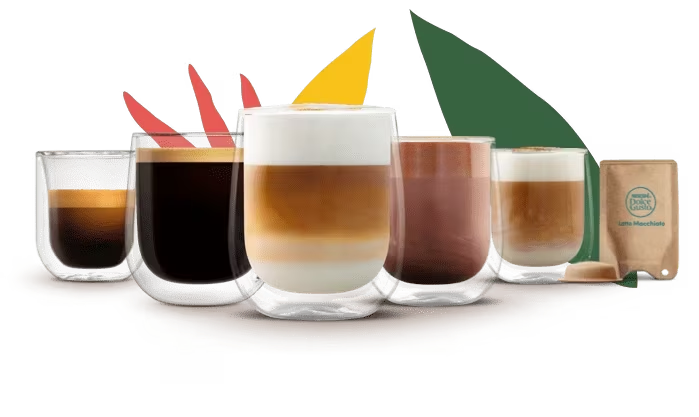
 Quick Reorder
Quick Reorder


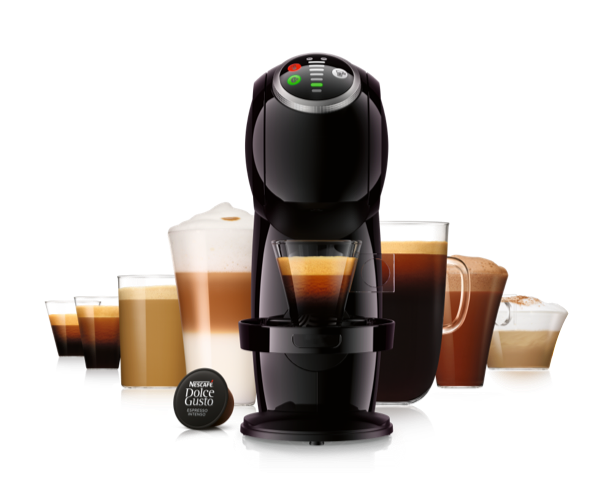
 Machine Help Centre
Machine Help Centre
